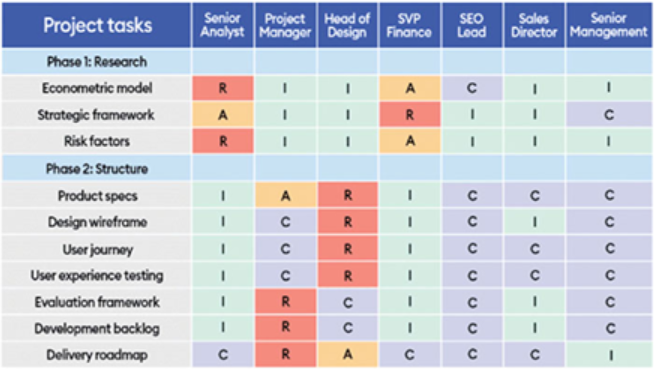Customer data strategy is the process of collecting, organizing, and utilizing data about your customers to improve business outcomes.
To create an effective customer data strategy, perform the following:
- Identify data sources: Determine the various sources of customer data available to your organization. This may include transactional data, CRM systems, website analytics, social media platforms, customer surveys, and more. Understand the quality and accessibility of each data source.
- Determine data requirements: Identify the specific types of data you need to achieve your business goals. This could include demographic information, purchasing behavior, interaction history, customer preferences, and other relevant attributes. Prioritize the data elements based on their importance and relevance.
- Establish data governance: Develop a framework for data governance that defines the rules and processes for data collection, storage, privacy, security, and compliance. Ensure you comply with relevant regulations such as GDPR or CCPA to protect customer privacy.
- Implement data collection mechanisms: Determine the methods and tools to collect customer data efficiently and accurately. This might involve integrating data collection mechanisms across various touchpoints, such as websites, mobile apps, point-of-sale systems, or customer support interactions.
- Establish guardrails to measure and evaluate the strategy: Establish key performance indicators (KPIs) and metrics to measure the effectiveness of your customer data strategy. Continuously monitor and evaluate the outcomes to identify areas for improvement. Use these insights to refine your strategy and make data-driven decisions.
Your customer data strategy should be a living document and ideally will undergo changes as more information comes to light. Create an initial strategy but be flexible for change.
Define Implementation Roadmap and Timeline
After prioritizing the use cases (ideally one to three use cases for the first build), the next step is to define the implementation roadmap and timeline.
Based on the insights gained during the discovery phase, create a roadmap that outlines the implementation steps, milestones, and timelines for the prioritized use cases considering dependencies and resource availability. Define the scope of the initial implementation and any subsequent phases.
Here are some key points to remember:
- Create a RACI (Responsible, Accountable, Consulted, or Informed) matrix: A RACI matrix (see Figure 5.7) highlights the roles and responsibilities of the stakeholders in the implementation. It sets the right expectations from different stakeholders and makes sure that the implementation does not lose steam in due course of time.

Figure 5.7: A sample RACI matrix
- Identify Key Tasks and Activities: Break down the implementation process into key tasks and activities. Start by identifying the major steps or milestones that need to be accomplished. Then, further, break down each milestone into smaller tasks that are required to achieve it.
- Sequence the Tasks: Determine the logical order and dependencies of the tasks. Identify any tasks that need to be completed before others can start. This will help you establish the proper sequence of activities and ensure a smooth flow of work
- Set Milestones: Determine key milestones or checkpoints that mark significant stages or achievements in the implementation process. These milestones can serve as progress indicators and help you track the overall project timeline.
- Communicate and Align: Clearly, communicate the implementation roadmap and timeline to all stakeholders involved. Ensure that everyone understands the sequence of tasks, key milestones, and their respective responsibilities. Align expectations and gain buy-in from stakeholders.
Remember that implementation roadmaps and timelines may need to be adjusted as the project progresses and new information becomes available. Maintain open lines of communication, regularly review and update the roadmap, and ensure that the timeline remains realistic and achievable.

